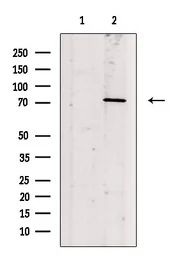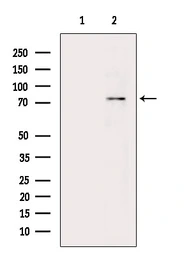PKC beta 1 (phospho Ser661) antibody
Cat. No. GTX04593
Cat. No. GTX04593
-
HostRabbit
-
ClonalityPolyclonal
-
IsotypeIgG
-
ApplicationsWB IHC-P ELISA
-
ReactivityHuman, Mouse




